


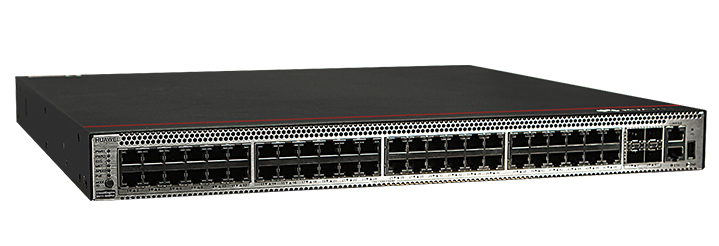
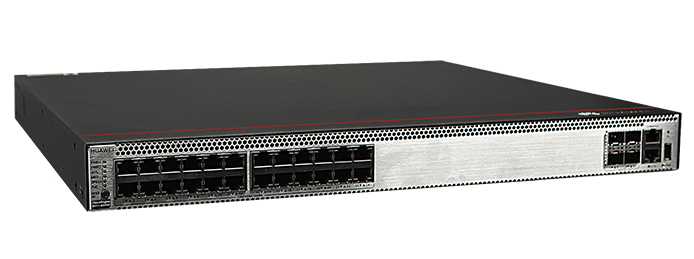
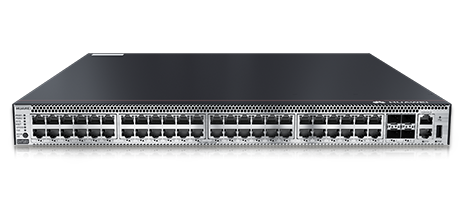
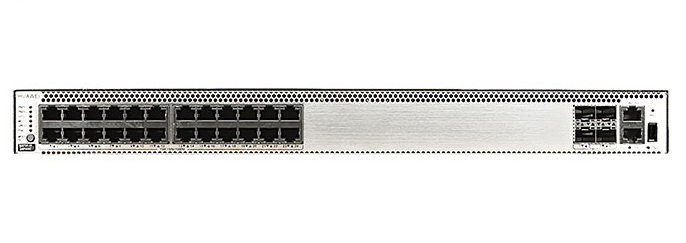
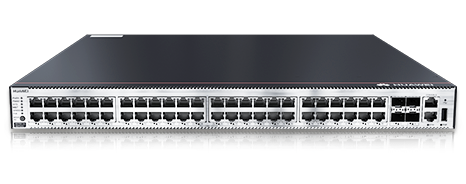
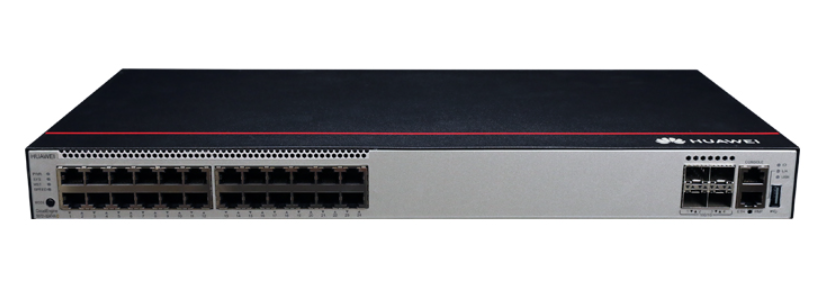
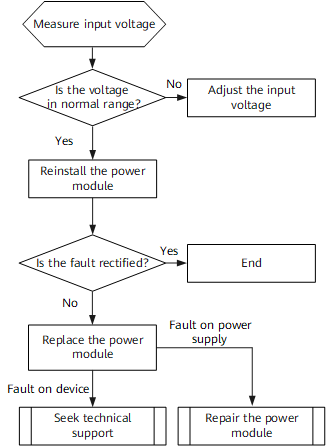
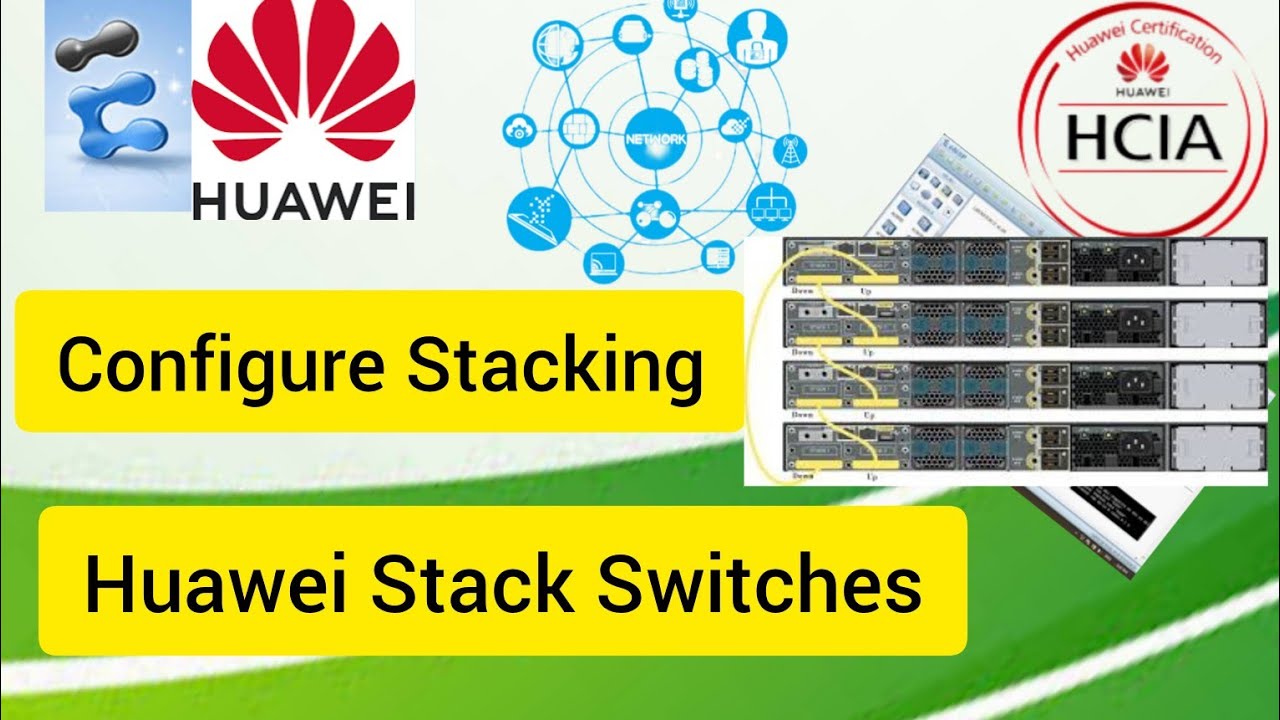
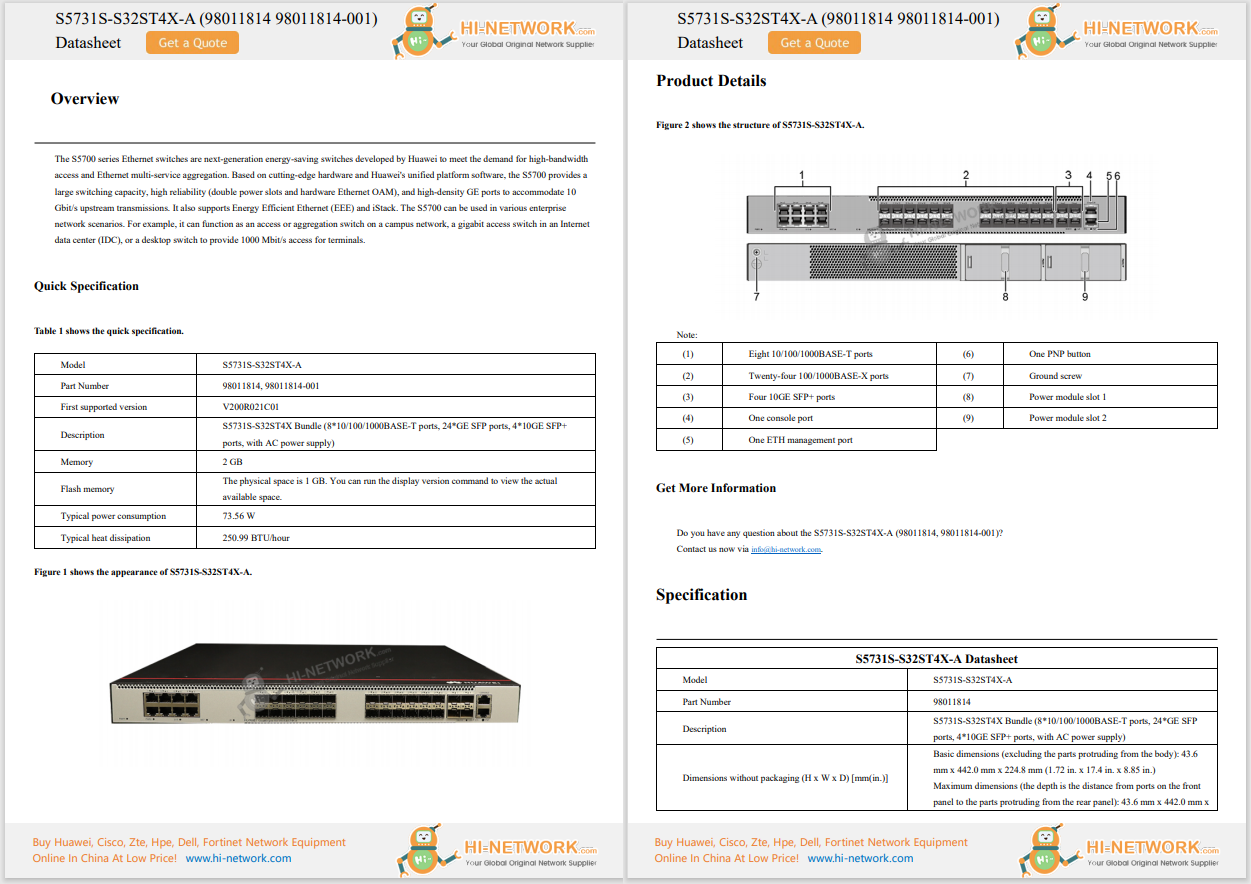
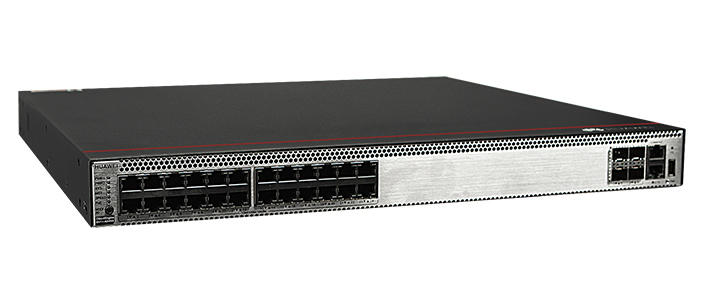
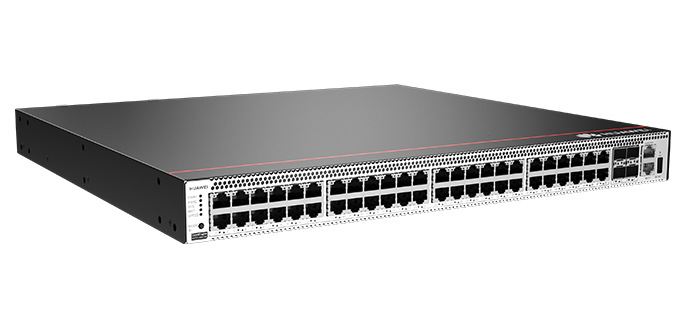
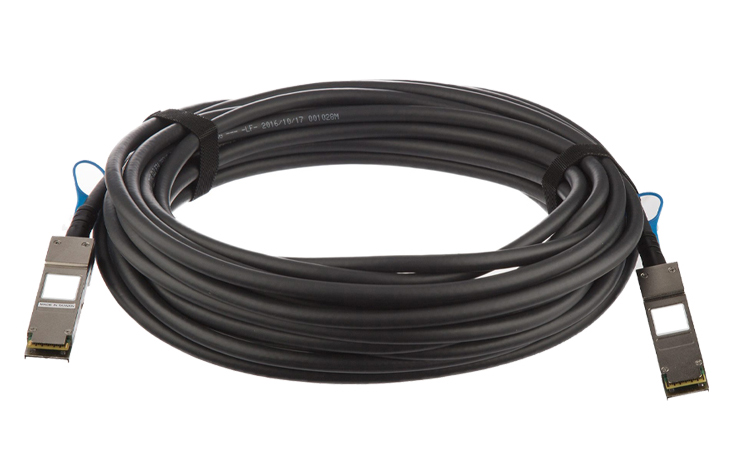
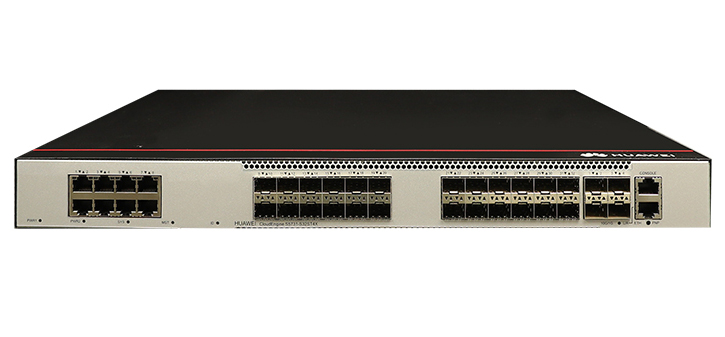
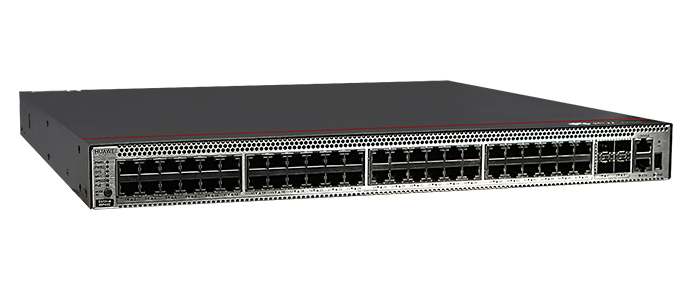
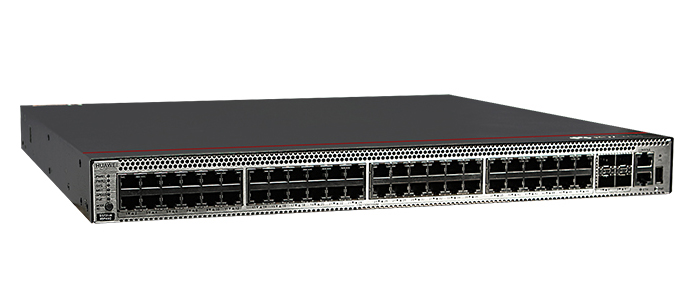

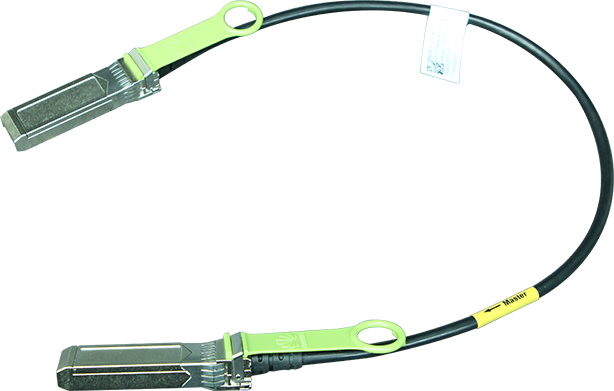
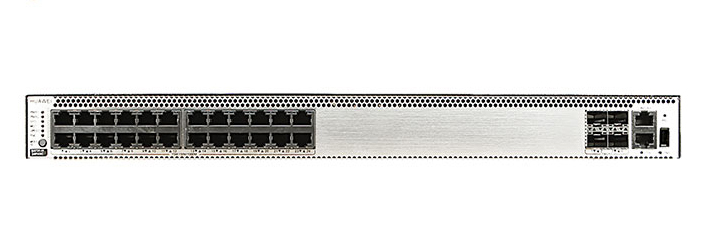
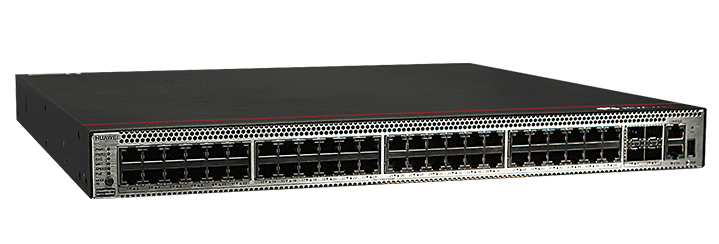





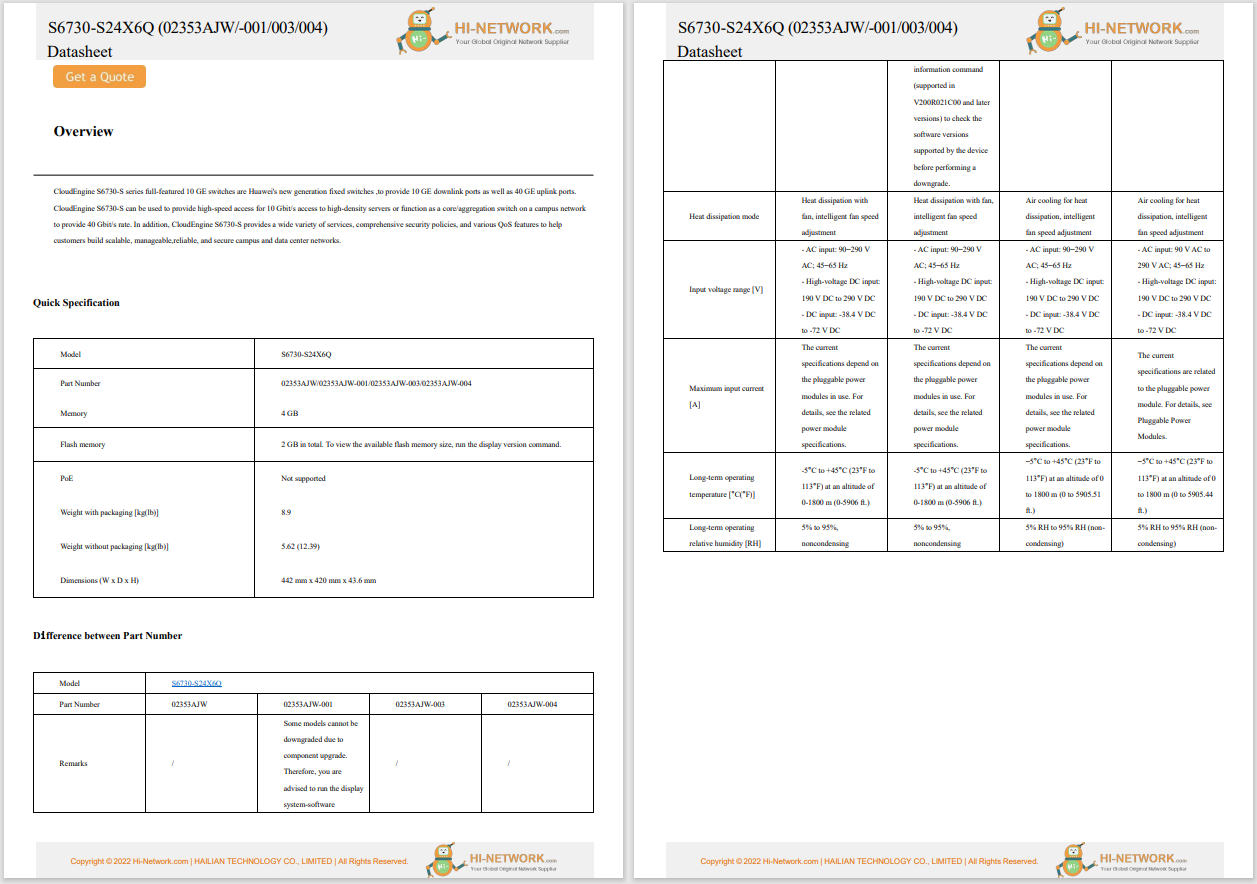


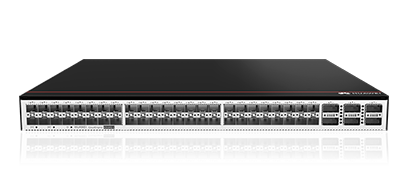
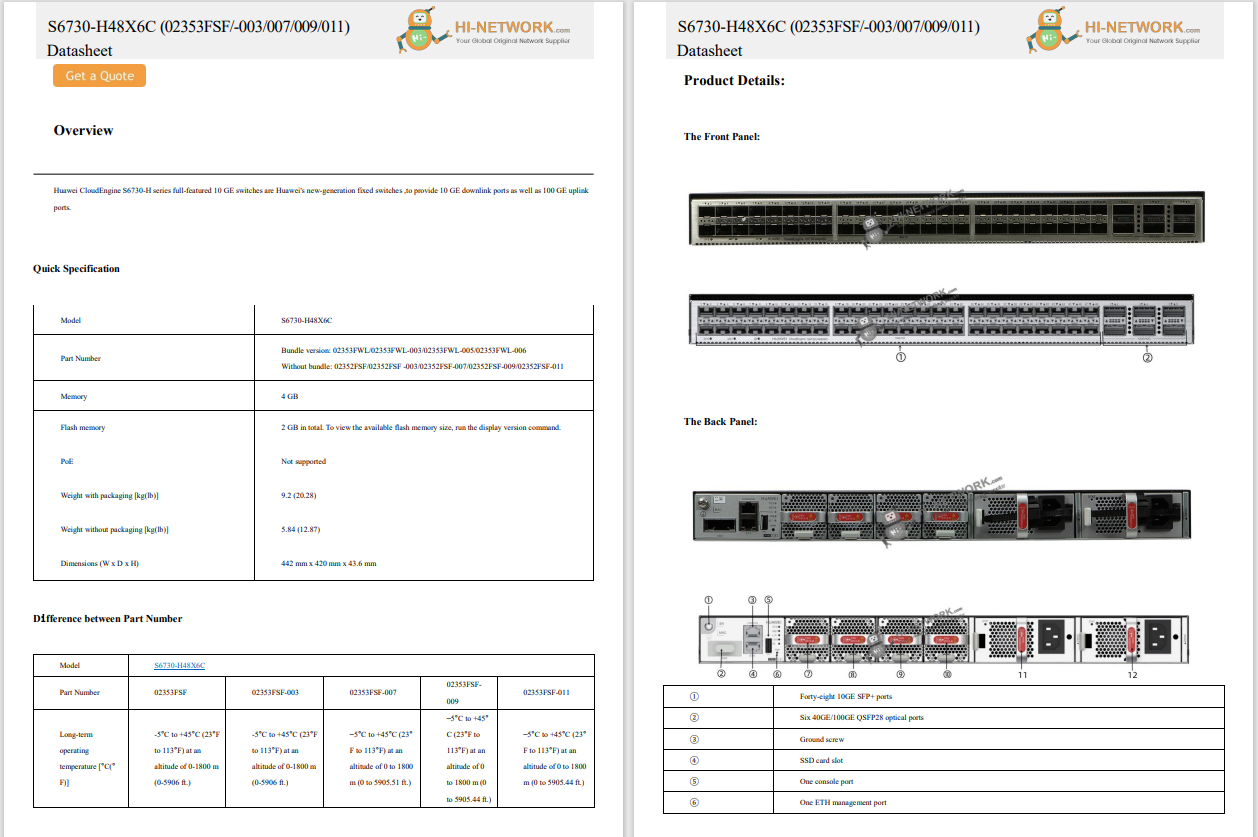

Live TV streaming services were designed to disrupt the cable monopoly. And for a while, it looked like the plan was working.
Cable companies, no longer blessed with monopoly power, are losing millions of customers every year. But the cord-cutting alternatives that were supposed to save us have been raising prices steadily, and today the price of a live TV streaming service is nearly as high as one of those old cable bills.
Also: Bye bye, Wi-Fi: How to add a wired network to your home without running Ethernet
Take YouTube TV, for example. At its launch in 2017, Google's live TV streaming service cost a mere$35 a month. Since then, Google has raised prices every year. By the time I signed up in early 2020, the price had crept up to$50 a month. The latest price increase, which took effect in January 2025, raised the cost of the base plan to$83, plus an extra$10 for the 4K add-on. Forthe base plan alone, that's a 66% increase in five years.
And then there's Fubo TV, which announced at the start of January that it would be acquired by Disney and would share the same corporate parent as Hulu with Live TV. And by the end of January ... yes, you guessed it: Fubo raised the monthly base prices of all its subscriptions.
That flurry of price increases got me asking questions:
For customers in the US, there are currently six live TV streaming services to choose from. Each one works using an app on a streaming device or smart TV platform. Subscribers choose a plan that offers some combination of basic and premium cable channels, local broadcast channels, and regional sports networks, along with DVR capabilities so you can pause live TV and record shows to watch later.
has already done the work of assembling the available choices. I reviewed each one of those services three years ago and decided to take a fresh look in 2025 to see what's changed.
Also: Want to avoid the YouTube TV price hike? This trick worked for me (eventually)
Four of those services offer strikingly similar lineups at prices that are nearly identical: between$82 and$87 a month, before add-ons. The other two are noticeably cheaper, so that's where I started, working from least to most expensive.
At a mere$28 a month for 70+ channels, this service seems like a genuine bargain. You also get access to the AMC+ library and another 100+ free ad-supported channels. (You can see the whole lineup in Philo's channel guide.)
Also: I invested$50 in Bitcoin in 2022, and it's been a ride. Here's how much I have now
If you just want something to watch, Philo has plenty to offer, but its offering is too lean for me. It keeps costs low by not paying to carry the most expensive cable channels, so you won't find The Weather Channel, for example, or any of the three big US-based cable news networks: CNN, MSNBC, or Fox News. (The only news is via BBC World News.) Philo also doesn't include any local channels or regional sports networks, which means no weekend sports.
Philo offers only stereo sound (all of the other streaming services in this list deliver at least some content in 5.1 surround sound). On-demand playback is in full HD (1080p), but live TV is available only in 720p. I'll pass.
Sling TV ('s choice as "best budget TV streaming service overall") is available in your choice of two basic packages, Orange and Blue, for$46 per month. Both offerings have a collection of extremely basic channels that include CNN. The Orange tier (billed as "Sports and Family") adds the Disney Channel and all the (Disney-owned) ESPN options. The Blue tier ("News and Entertainment") has a solid basic cable lineup that includes MSNBC, Fox News, FX, Bravo, and the like. But don't let the name fool you -- it also includes a fair amount of sports-related programming, including Fox Sports 1 and the NFL Network.
For $61 a month, you can get a Blue+Orange combo that includes everything from both packages.
Also: The best VPNs for streaming your favorite shows and sports
The one wildcard in Sling TV's offering is local TV channels, where availability depends on your home market. No one gets CBS or PBS, but in some cities (Chicago, Los Angeles, and Philadelphia, for example), the Sling Blue package includes ABC, Fox, and NBC channels. In Detroit, you get no local channels at all. In my hometown, Sling offers only the local ABC affiliate. If local channels are important, check your area's coverage at the Sling TV Help Center.
My biggest hesitation with Sling TV is its user interface, which has more than its share of rough edges and annoyances. To sign in for the first time on a new TV, you have to enter your username and password -- a tedious task with a remote control. Most competing services allow you to sign in by scanning a QR code or using a web browser on another device.
Sling also displays ads whenever you hit the pause button while playing back a recording or watching TV. You can turn that feature off, but it's annoying. During playback, the skip buttons (back 10 seconds, forward 30 seconds) were glitchy enough to give me pause.
I suppose all those tiny annoyances can be fixed, but will they? Sling TV is owned by Dish Network, which tried to sell itself to rival DirecTV last September for the princely sum of$1. The deal fell apart, which makes one wonder.
Still, that$46 price tag for Sling Blue is literally half what YouTube TV charges, for a package that has a lot of what I need. That's potentially a winning formula, even with those rough edges.
The tagline for Fubo is "watch live sports and TV without cable." That's a pretty accurate description, not surprising as this network started out as a service designed to deliver European f
 Tags chauds:
Maison & bureau
Divertissement à domicile
Streaming et Services
Tags chauds:
Maison & bureau
Divertissement à domicile
Streaming et Services